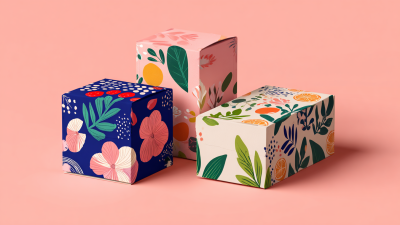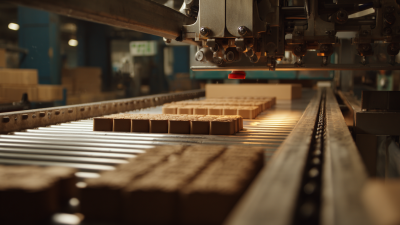- CUSTOM BOXES
- CUSTOM BAGS
- CUSTOM STICKERS
The Transformative Power of Personalized Packaging Boxes in Elevating Brand Loyalty and Customer Experience
In today's competitive market, businesses are increasingly recognizing the transformative power of personalized packaging boxes as a key strategy in enhancing brand loyalty and improving customer experience. According to a recent study by the International Packaging Association, nearly 72% of consumers express a preference for brands that incorporate personalized packaging into their products. This trend highlights the significant psychological impact that tailored packaging can have on consumer perception and emotional connection to brands. Moreover, a report by Keypoint Intelligence shows that personalized packaging can lead to a 20% increase in customer retention rates, making it a vital component of modern marketing strategies. By leveraging personalized packaging boxes, companies not only differentiate themselves from competitors but also create memorable unboxing experiences that resonate with customers, ultimately driving repeat purchases and fostering brand loyalty.
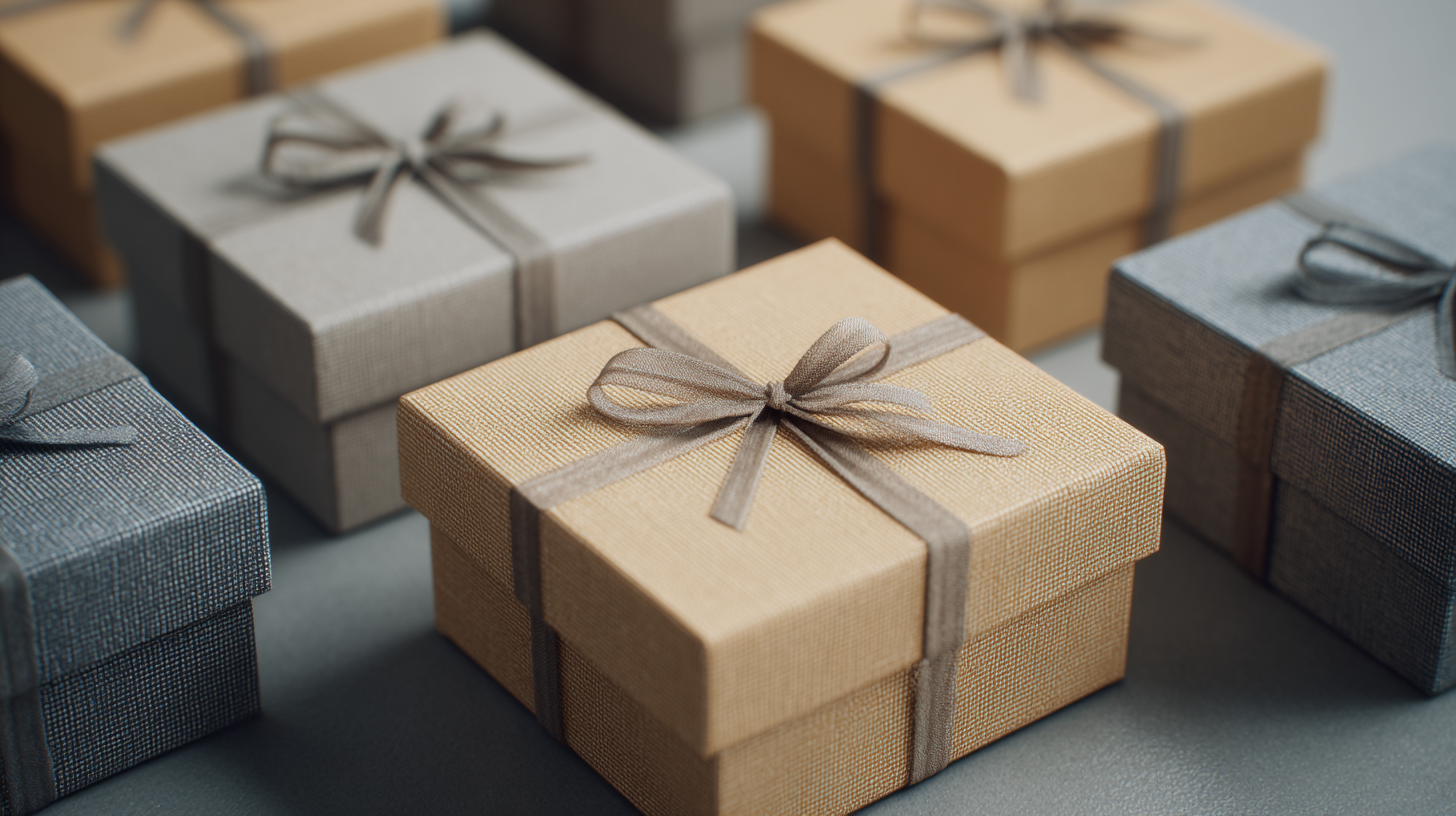
Exploring the Impact of Personalized Packaging on Consumer Buying Decisions in 2023
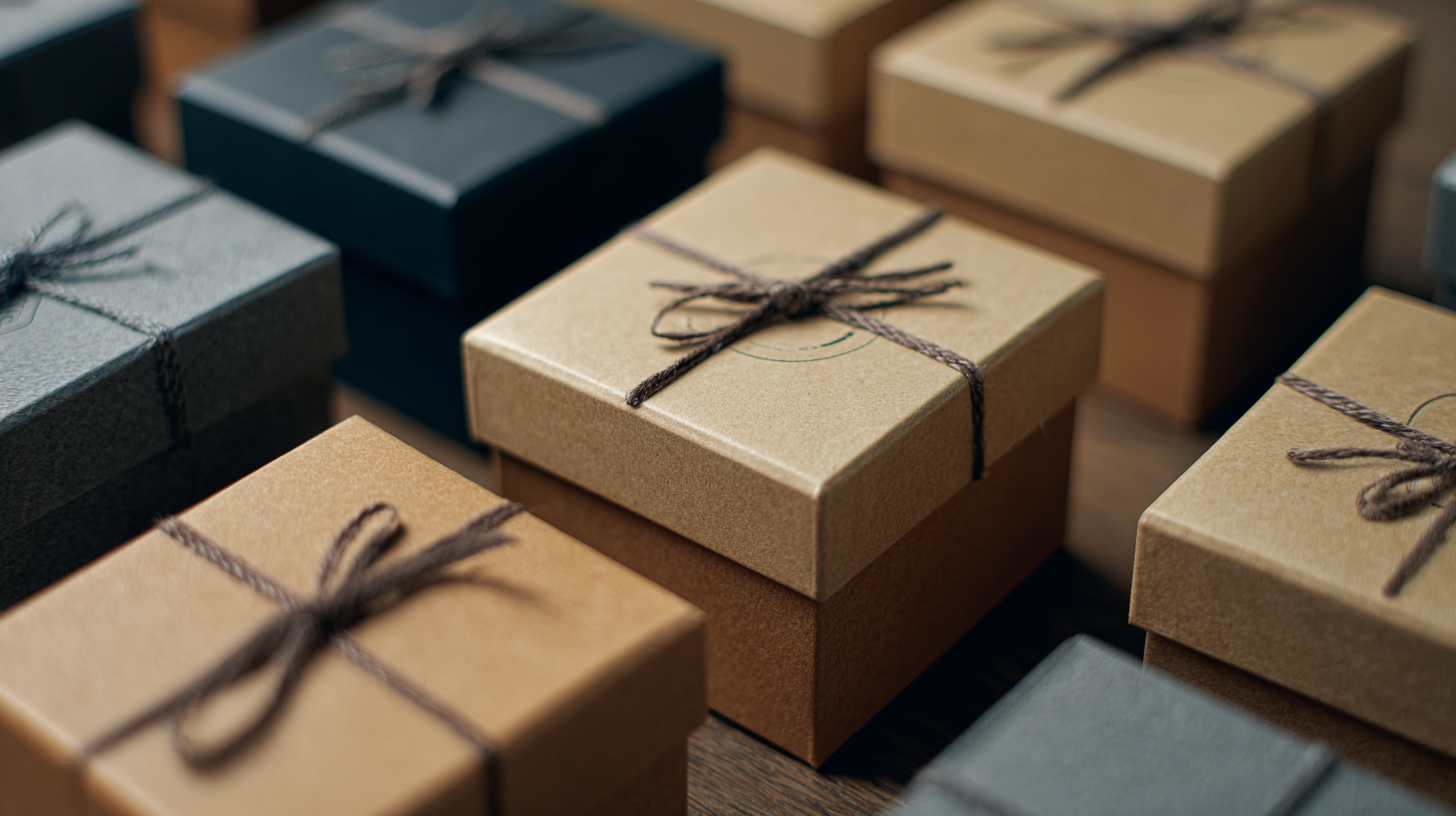 In 2023, personalized packaging has emerged as a crucial element in shaping consumer buying decisions. As brands increasingly understand the importance of creating unique customer experiences, personalized packaging serves as a powerful tool to engage consumers emotionally. Whether through custom designs, personalized messages, or tailored product presentations, brands can foster a deeper connection with their customers. This emotional resonance not only enhances the unboxing experience but also encourages word-of-mouth promotion and brand loyalty, as customers are more likely to share their positive experiences on social media.
In 2023, personalized packaging has emerged as a crucial element in shaping consumer buying decisions. As brands increasingly understand the importance of creating unique customer experiences, personalized packaging serves as a powerful tool to engage consumers emotionally. Whether through custom designs, personalized messages, or tailored product presentations, brands can foster a deeper connection with their customers. This emotional resonance not only enhances the unboxing experience but also encourages word-of-mouth promotion and brand loyalty, as customers are more likely to share their positive experiences on social media.
Moreover, the impact of personalized packaging extends beyond aesthetics. Research indicates that consumers are willing to pay a premium for products that offer personalized packaging, reflecting a shift toward valuing individuality and personalization in the purchasing process. By catering to the preferences and tastes of their target audience, brands can differentiate themselves in a saturated market, ultimately influencing buying decisions. As consumers gravitate toward brands that recognize their need for uniqueness, the strategic use of personalized packaging becomes a vital aspect of brand identity and market competitiveness.
Statistics on Customer Preferences: The Rising Demand for Customized Packaging Solutions
Personalized packaging has emerged as a game-changer in the branding and customer experience landscape.
According to industry forecasts, the personalized packaging market is poised for significant growth, with projections estimating its worth to rise from USD 41.0 billion in 2025 to USD 77.7 billion by 2035, reflecting a compound annual growth rate (CAGR) of 6.6%. This increasing demand for customized solutions indicates a shift in consumer preferences, where effective branding and enhanced customer experience are at the forefront of purchasing decisions.
Statistics also highlight the broader shift in packaging preferences.
The global corrugated board packaging market is expected to expand from approximately USD 250 billion in 2024 to about USD 420 billion by 2032, driven by a CAGR of 6.0%. This growth is complemented by the rise in the non-corrugated boxes market, which is projected to reach USD 72.37 billion by 2025.
As businesses recognize the transformative potential of personalized packaging, they are increasingly investing in tailored solutions that resonate with consumers, ultimately fostering brand loyalty and improving customer satisfaction.
The Role of Design in Personalized Packaging: How Aesthetics Enhance Brand Identity
Personalized packaging design plays a crucial role in shaping brand identity and customer perception. When customers receive a product in uniquely designed packaging, it creates an instant connection that goes beyond the product itself. The aesthetics of personalized boxes—colors, shapes, and materials—are carefully crafted to reflect the brand's core values and message. This not only enhances the overall user experience but also reinforces the brand's personality, making it memorable in a crowded marketplace.
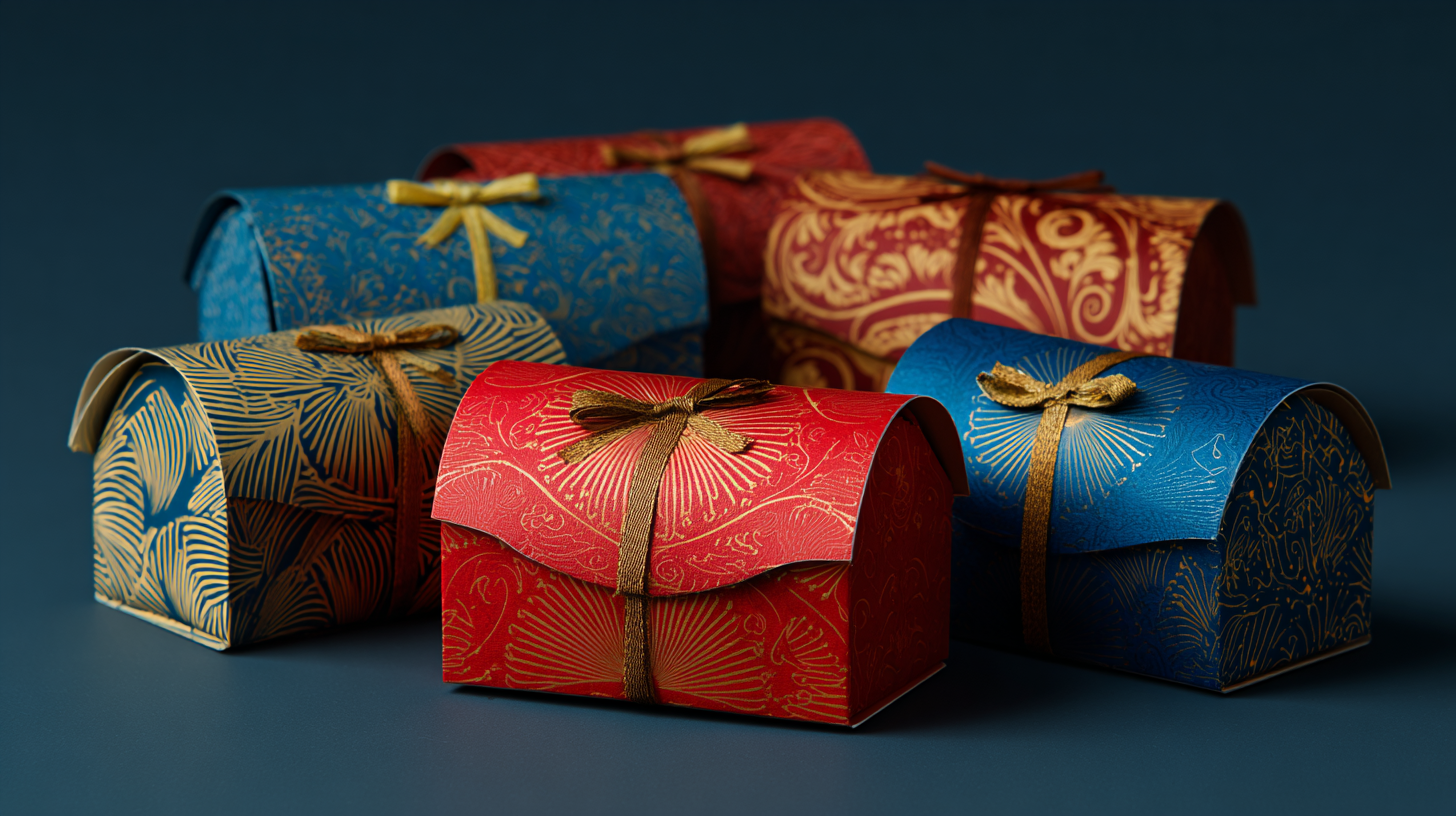
Moreover, effective design in personalized packaging taps into the emotional aspects of consumer behavior. A beautifully designed box can evoke feelings of excitement and anticipation, turning the act of unboxing into an unforgettable experience. By incorporating elements that resonate with consumers—such as sustainability or cultural significance—brands can deepen customer engagement and foster loyalty. As customers share their experiences on social media, especially through visually appealing packaging, this creates a ripple effect that amplifies the brand’s reach and reinforces its identity in the minds of potential consumers.
Measuring Brand Loyalty: The Correlation Between Customized Packaging and Repeat Purchases
Customized packaging plays a pivotal role in influencing brand loyalty and driving repeat purchases among consumers. According to a 2022 report from Packaging Strategies, brands that invest in personalized packaging see a 30% increase in customer retention rates compared to those using generic options. This statistic underscores the importance of creating a memorable unboxing experience that resonates with customers. When packaging is tailored to reflect a brand's identity and values, it fosters a deeper emotional connection, enhancing the overall customer experience.
An additional study by Smithers Pira indicates that nearly 72% of consumers are more likely to make a repeat purchase from a brand that offers unique and innovative packaging. This correlation suggests that personalized packaging not only attracts first-time buyers but also encourages them to return. The tactile and visual appeal of customized boxes can turn an ordinary purchase into a celebration, further solidifying brand loyalty. By understanding the significance of packaging in their marketing strategy, brands can effectively leverage customization to improve customer experience and drive repeat sales.
Innovative Trends in Packaging Technology: Enhancing Customer Experience Through Personalization
Innovative trends in packaging technology are fundamentally transforming the customer experience through enhanced personalization. As brands increasingly recognize the importance of engaging consumers at a deeper level, personalized packaging emerges as a key strategy. This involves not just tailored designs, but also the integration of advanced technologies such as augmented reality (AR) and smart sensors. These innovations allow customers to interact with packaging in meaningful ways, creating memorable experiences that foster brand loyalty.
The rise of interactive packaging is influencing various sectors, particularly within fast-moving consumer goods (FMCG) and pharmaceuticals. Predictions indicate that by 2025, the interactive packaging market will soar, driven by consumer demands for more engaging and informative experiences. For example, utilizing AR can provide users with product information or tutorials directly through their mobile devices, enriching their purchasing journey. Moreover, the incorporation of artificial intelligence (AI) in packaging processes keeps brands ahead of the curve, enabling them to tailor offerings on an individual basis and respond to customer preferences with unprecedented agility.
The Impact of Personalized Packaging on Customer Experience
This bar chart illustrates the correlation between personalized packaging features and customer satisfaction levels. As companies adopt innovative packaging technologies, customer loyalty tends to increase significantly.
